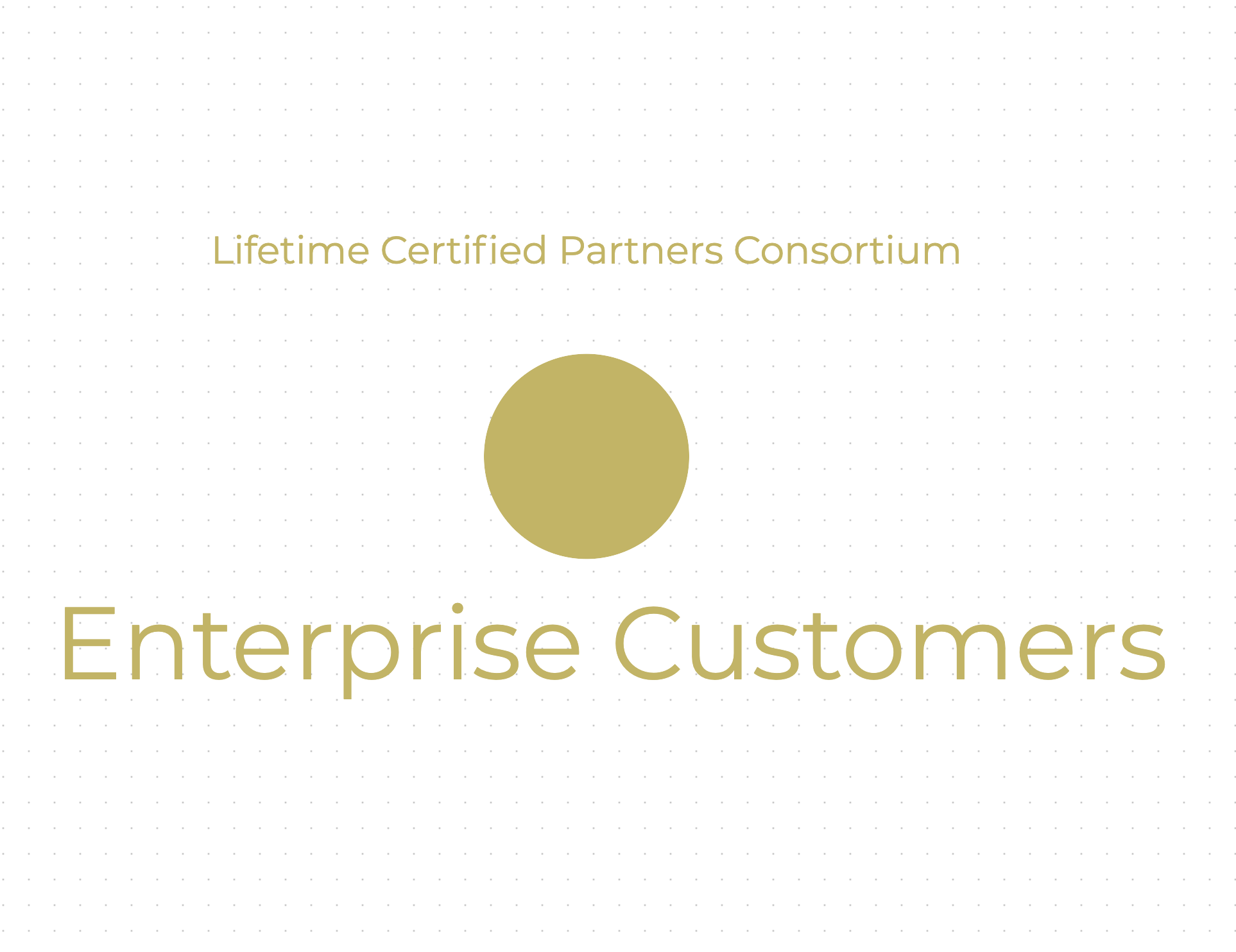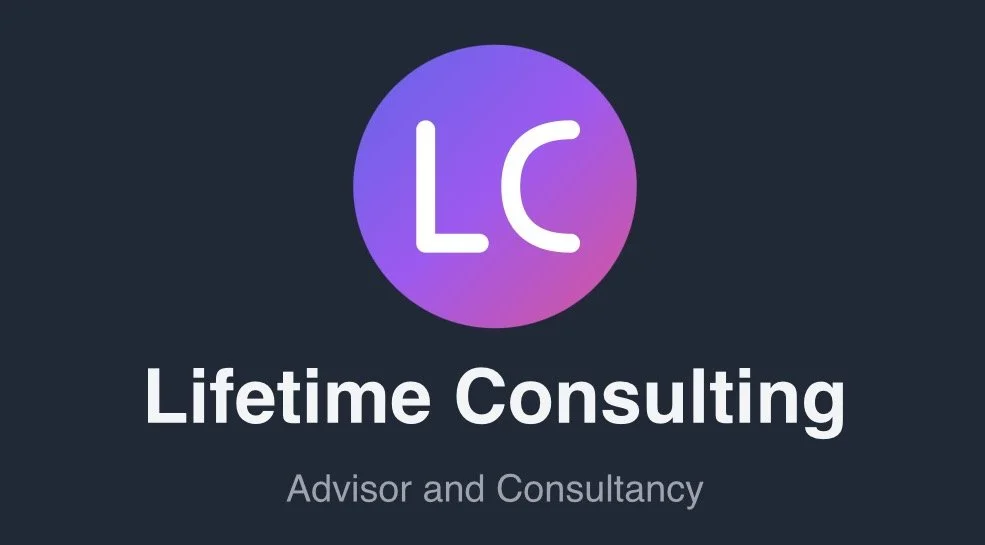(LSJ) What are Cloud infrastucture and platform services (CISP)?
/Gartner’s new Magic Quadrant for Cloud infrastructure and platform services (ID G00441742. Gartner Report) updates the definition of cloud computing.
Cloud computing is a style of computing in which scalable and elastic IT-enabled capabilities are delivered as a service using internet technologies. Cloud infrastructure and platform services (CIPS) are defined as standardized, highly automated offerings, in which infrastructure resources (e.g., compute, networking and storage) are complemented by integrated platform services.
The scope of the Magic Quadrant for CIPS includes IaaS and integrated platform as a service (PaaS) platforms. These include (* are additions of editor *)
application PaaS (aPaaS),
functions as a service (FaaS),
database PaaS (dbPaaS),
Datawarehouse as a Service*
application developer PaaS (adPaaS) and industrialized private cloud offerings that are often deployed in enterprise data centers.
Cloud Integration / Cloud Deployment IaC as a Service*
Multi cloud management as a Service*
Security as a Service*







